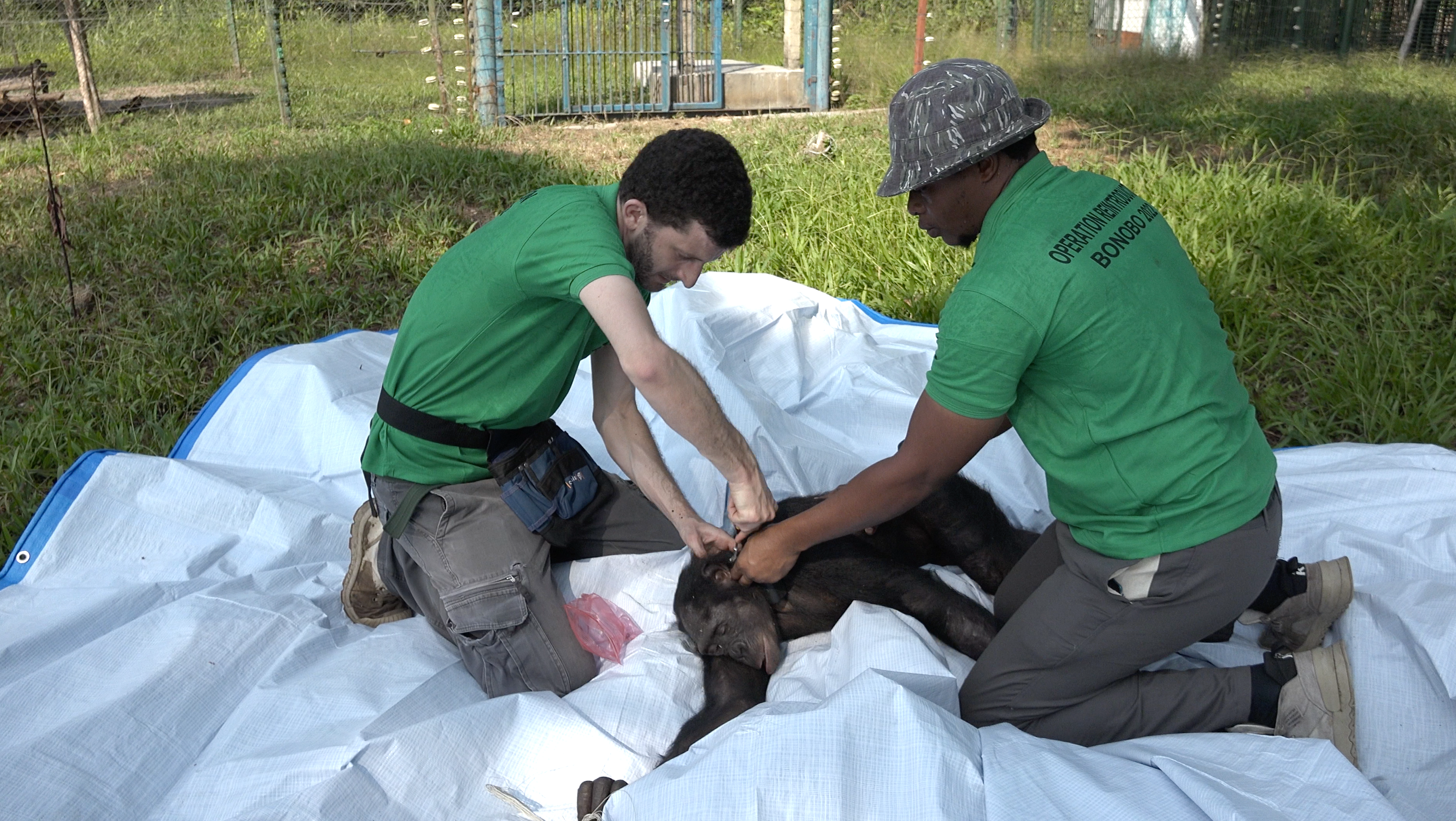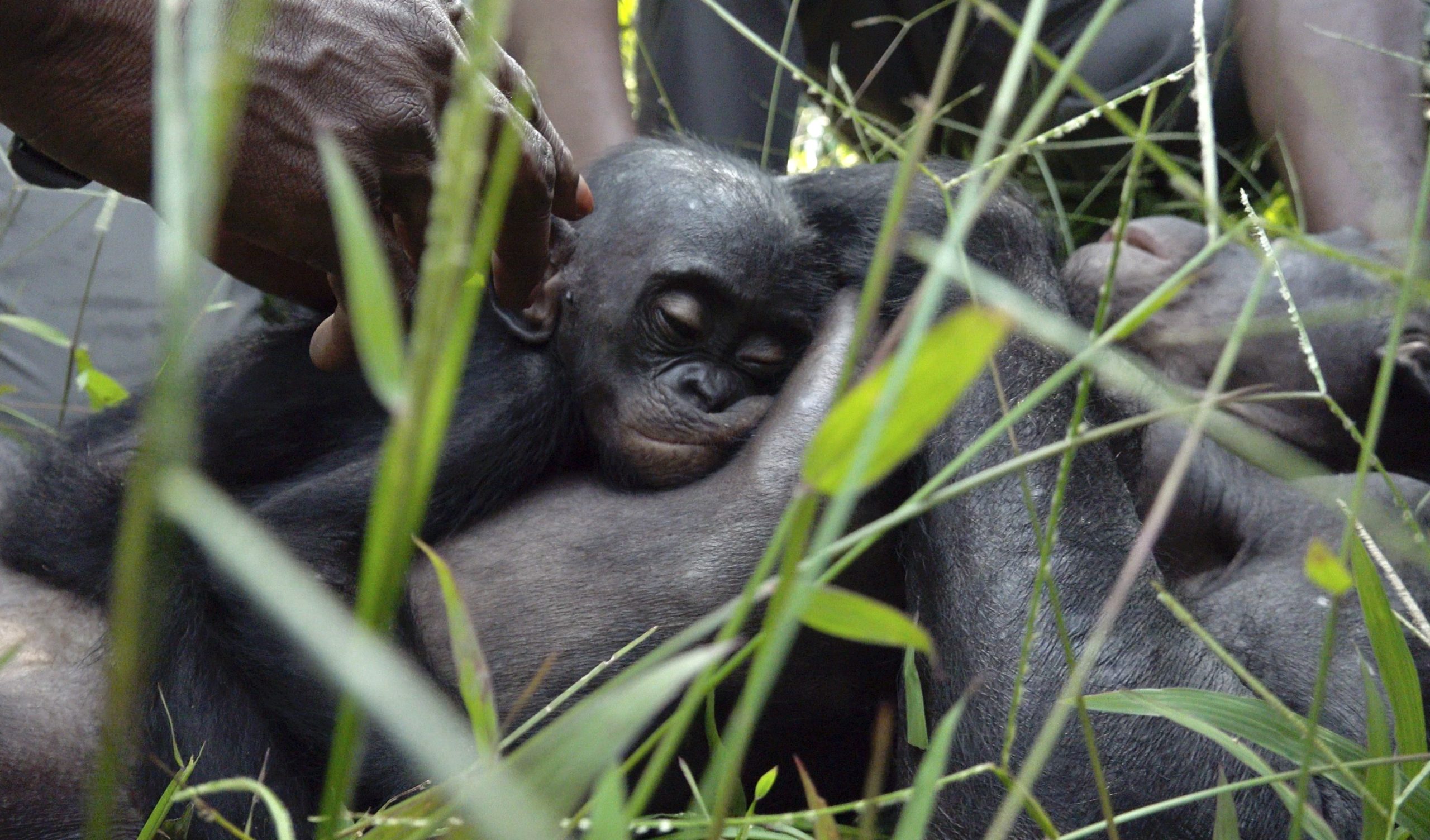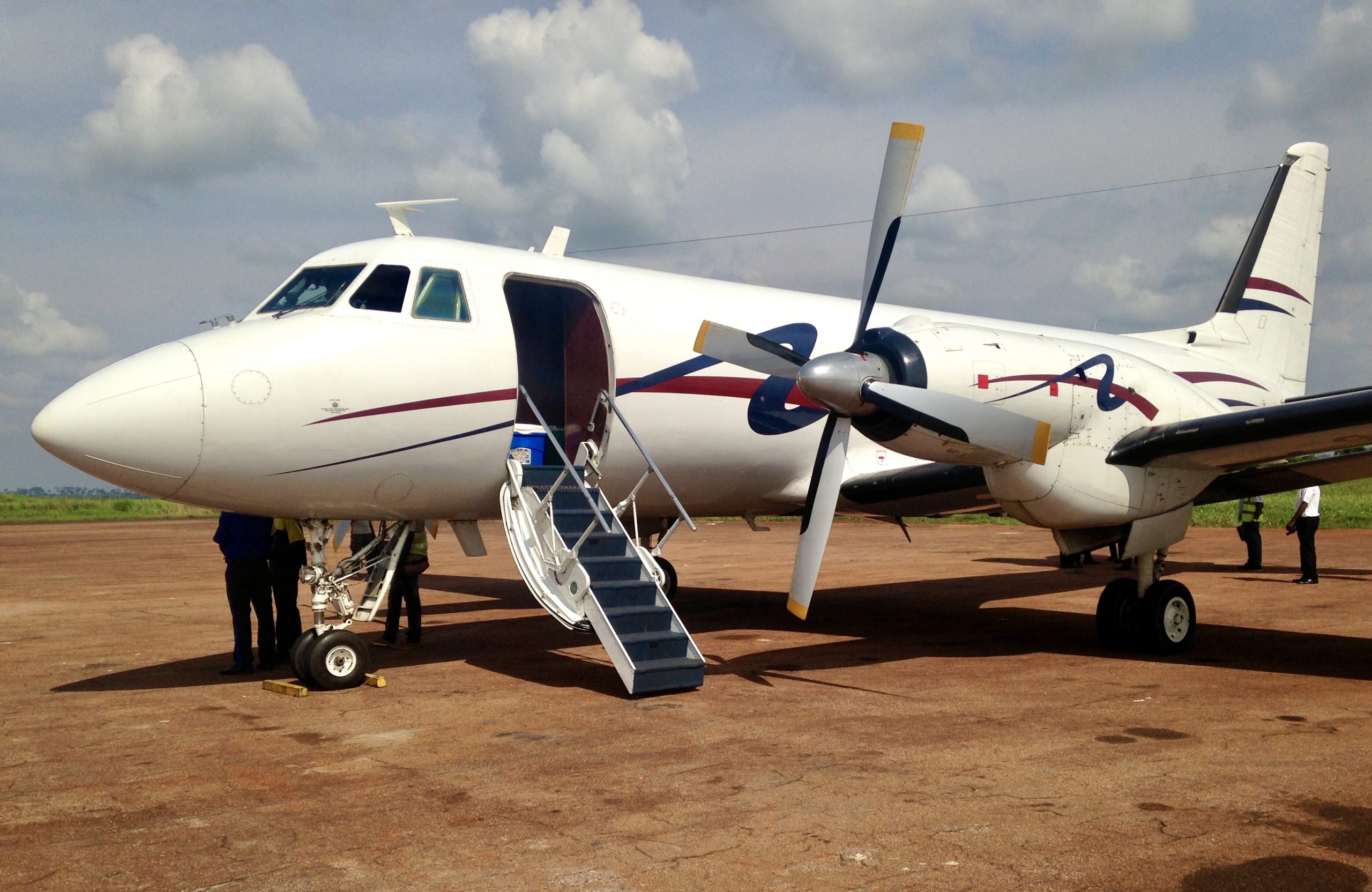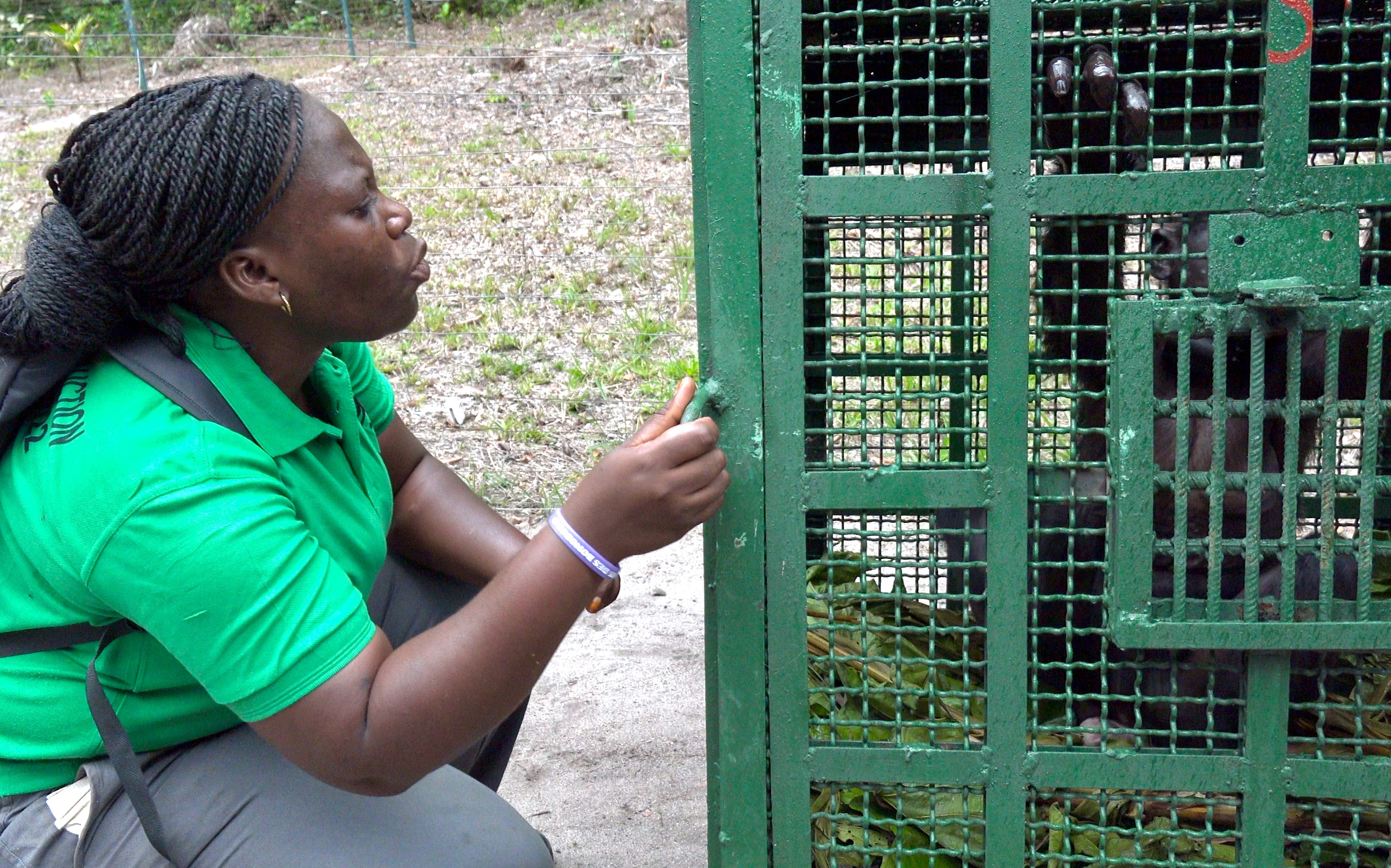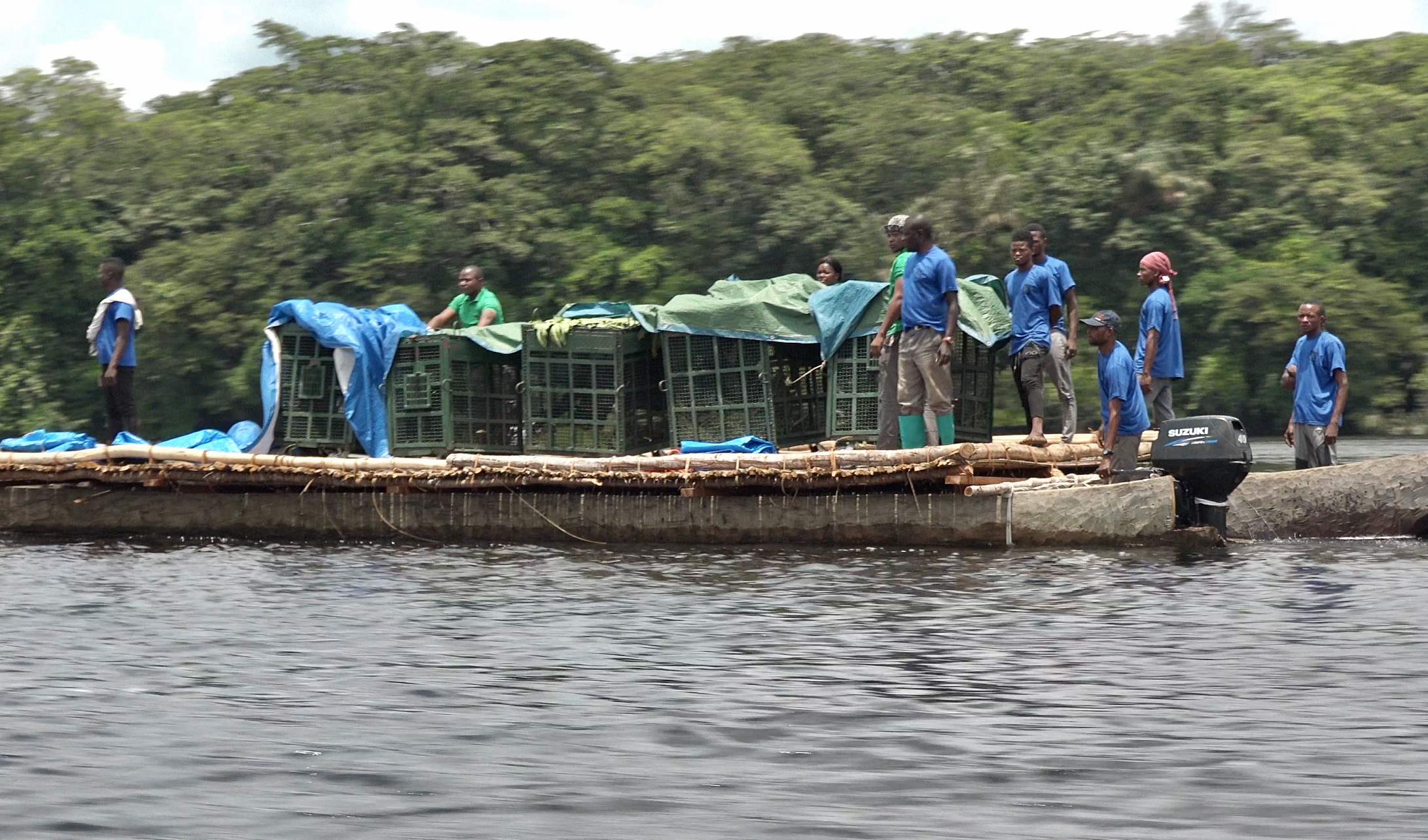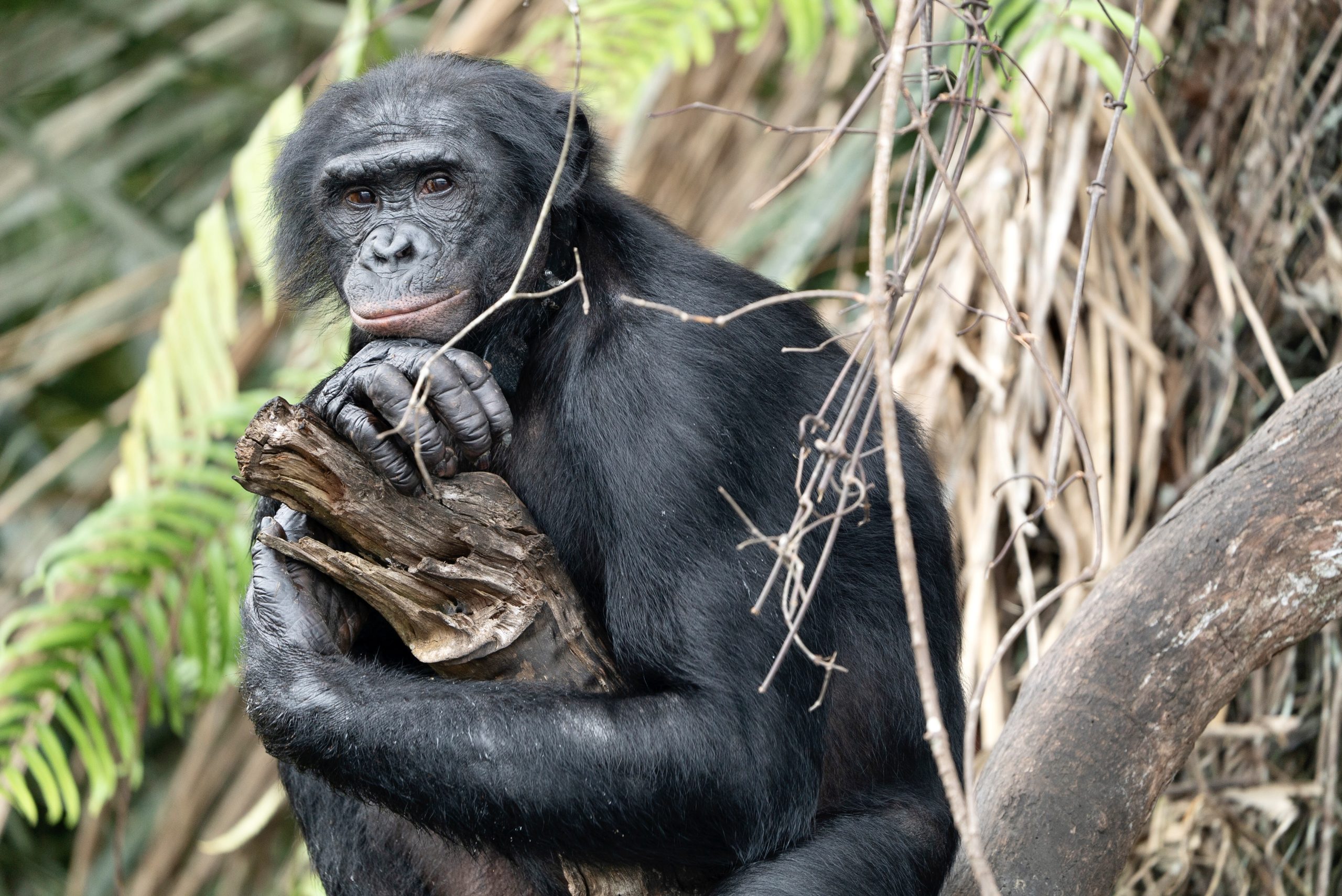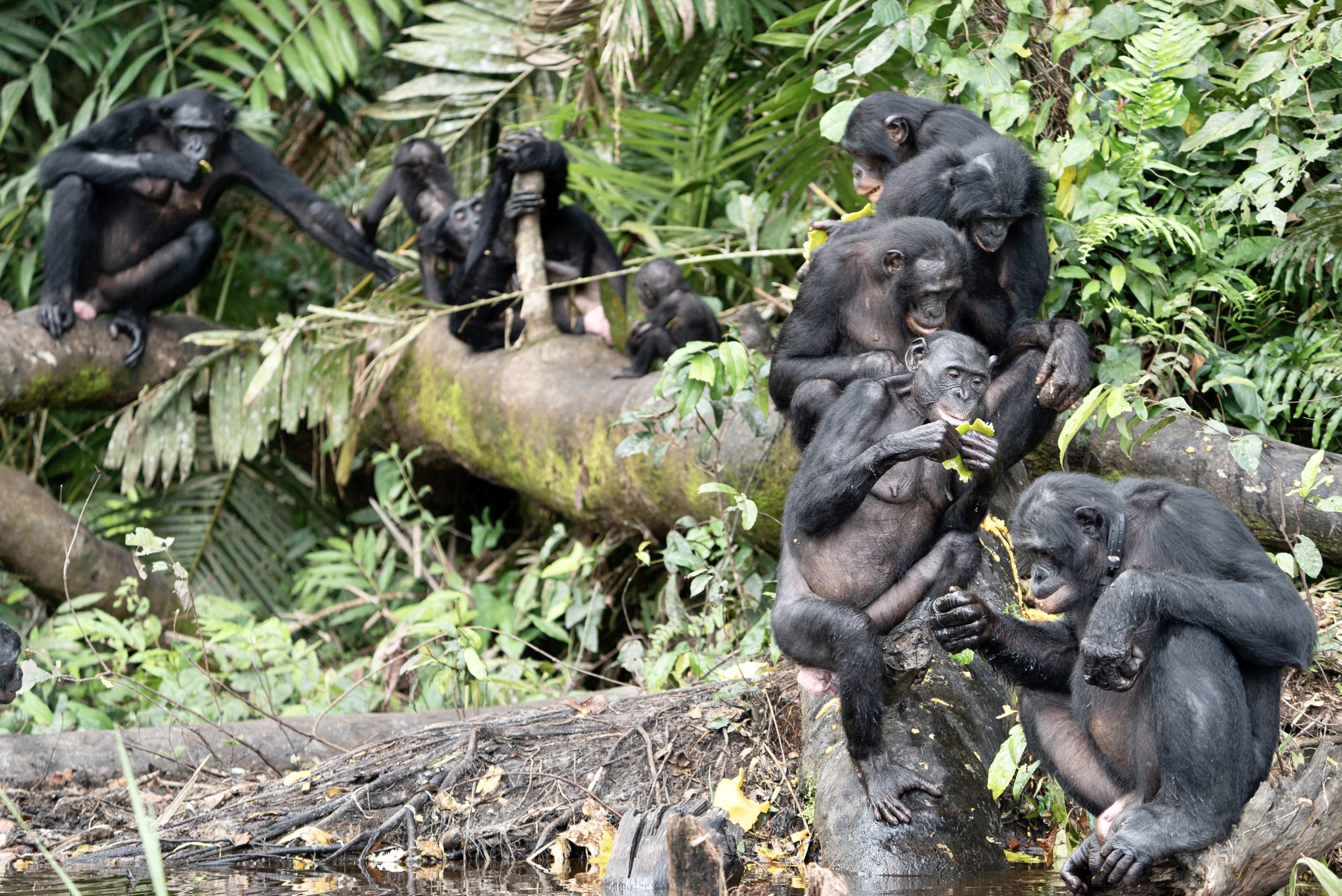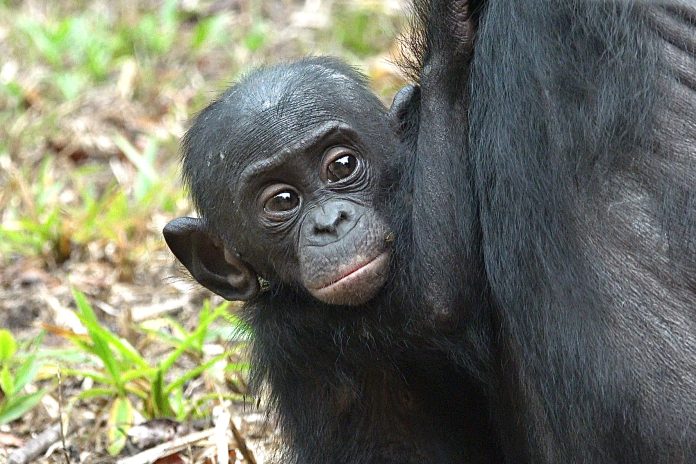
14 Rehabilitated Bonobos Are Returned To The Wild In The Congo; This Is The Second Time In History This Has Happened For The Endangered Species
You can help all animals and our planet by choosing compassion on your plate and in your glass. #GoVeg
RELATED ARTICLES
Banning Cruelty: New Legislation Aims To Ban Octopus Farming In The U.S.
New bipartisan legislation has just been introduced in the U.S. to ban commercial octopus farming and prohibit imports of farmed octopus from foreign countries.
The...
Outrage In Yellowstone! Grizzly Bear Killed By Wildlife Officials & Left With Head & Paws Cut Off
Photo by: Trisha McFarland / Cowboy State Daily
A photo of a dead grizzly bear with its head and paws cut off has caused an...
Inside Florida’s Illegal Horse Meat Trade: Undercover Footage Shows Racehorse Being Shot & Butchered
A heart-wrenching discovery of illegal horse slaughter has emerged, with video footage exposing the tragic killing of a racehorse named 'Funny Biz,' who was...
Popular stories
News
First-Of-Its-Kind Elephant Rewilding Project Plans To Release A Herd Of 13 Captive Elephants From The UK Back To Their Ancestral Homeland Of Kenya
Animal conservation non-profit, The Aspinall Foundation, is quite literally taking on its largest ever conservation challenge. They will be flying 13 elephants, weighing 25...
News
A New Litter Of Endangered Red Wolf Pups Has Been Born In The Wild In North Carolina
Last week, The Red Wolf Recovery Program announced the birth of a new litter of wild red wolf puppies, three females and two males. These...
News
100 Hippos, Decedents Of Animals Owned By Pablo Escobar Are Recognized As Legal Persons For The First Time In U.S. History
Today, the Animal Legal Defense Fund announced that the U.S. District Court for the Southern District of Ohio has recognized animals as legal persons...
